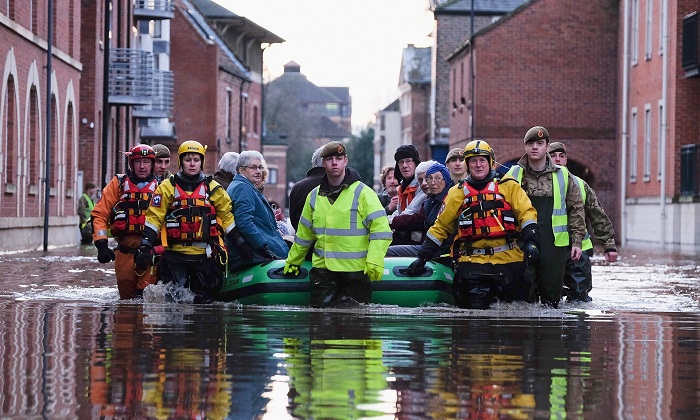The agency is mulling updating flood defences such as barriers and walls and making cities and homes better able to cope with more rainfall and flooding, seen as inevitable because of global warming.
Ideas could include flood-proofing by eliminating carpeting from the lower floors of buildings prone to flooding, and providing special plugs for toilet basins so they don’t overflow, deluging homes in sewage.
“We need a change in mindset,” says Hannah Cloke, a flood expert at the University of Reading, UK. “If we can’t protect ourselves from floodwaters, we need to learn to live with them. It’s knowing what to do when it does flood.”
Living in Waterworld
“We could raise houses and infrastructure such as electricity substations and transport links on stilts, so they’re above the floodplain,” says Cloke. “It would be like living in Waterworld.”
The official rethink will be outlined in the National Flood Resilience Review, announced by environment secretary Elizabeth Truss two weeks before storm Eva hit. She said the review would update “worst-case-scenario” planning, assess future impacts of climate change and evaluate the scale of risks to critical infrastructure.
Other elements of the review could include the extent to which river catchments and coastal areas could be adapted to better manage flood risk. This could include measures to improve the ability of floodplains to soak up heavy rains and floodwaters.
Cloke welcomes the review, saying it should focus on how risks are likely to change in different locations. “Then they can start to assess how much higher barriers might need to be, how much extra it might cost and whether it’s worth doing,” she says.
More about:















































